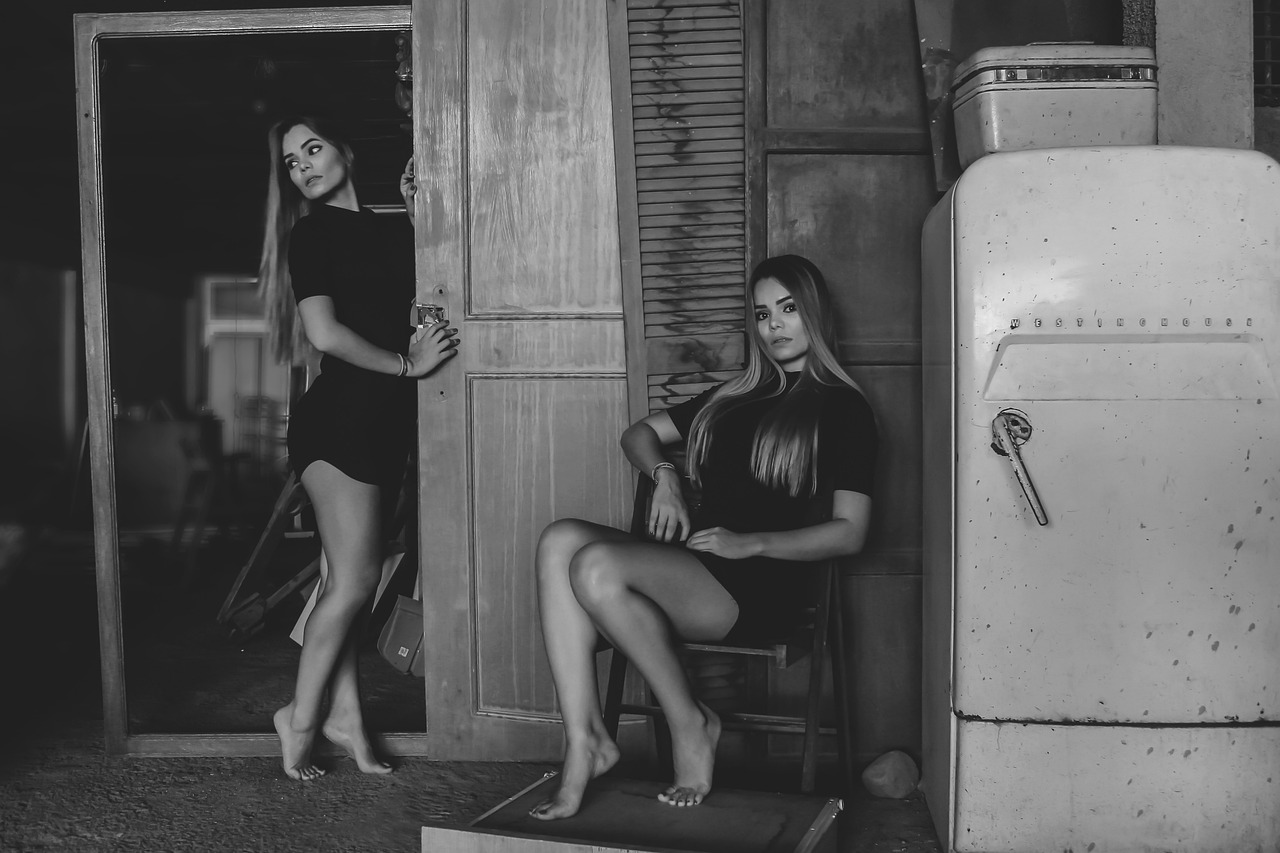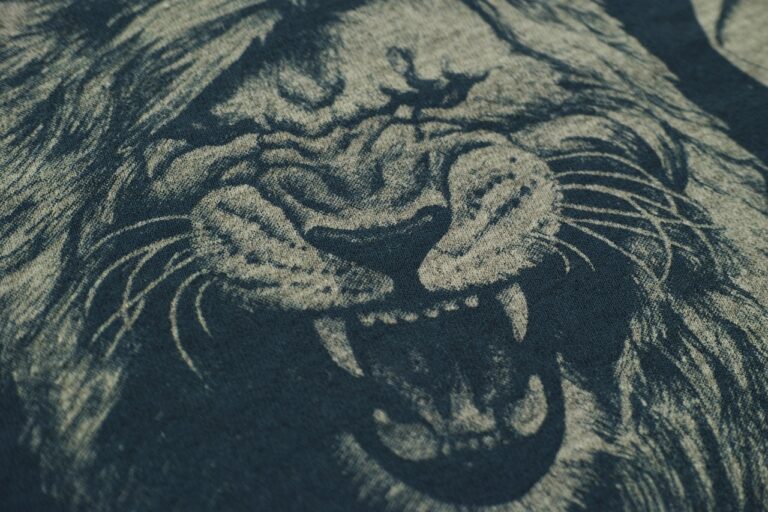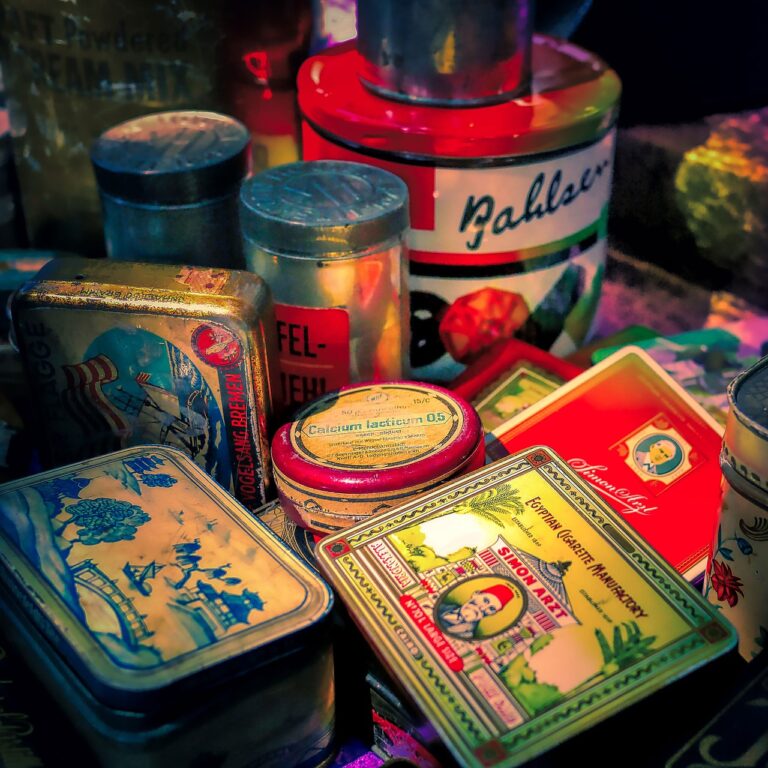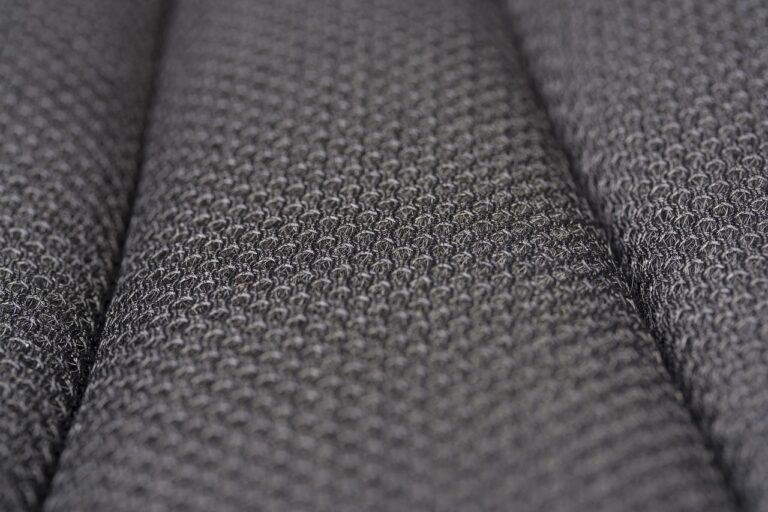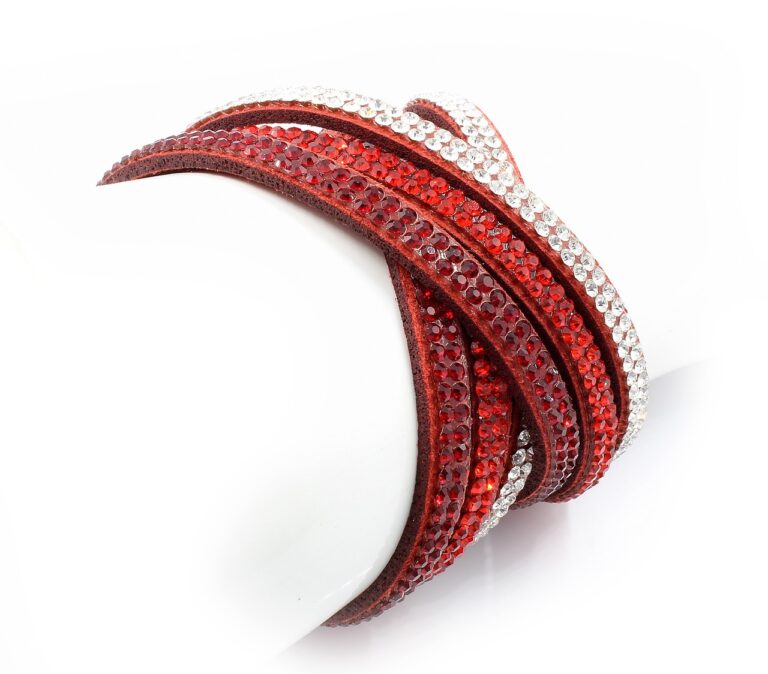Fashion Show Sponsorship ROI: Measuring Impact for Partners: My 99 exch, Laser book 247 com registration, Yolo247 club login
my 99 exch, laser book 247 com registration, yolo247 club login: Fashion Show Sponsorship ROI: Measuring Impact for Partners
Fashion shows are a great platform for brands to showcase their products and reach a targeted audience. However, for sponsors, measuring the return on investment (ROI) from such events can be challenging. In this article, we will explore the various ways in which sponsors can measure the impact of their sponsorship at fashion shows.
Understanding Sponsorship ROI
Sponsorship ROI is the measurement of the return on investment that sponsors receive from their sponsorship of an event. It is essential for sponsors to understand the impact of their investment to determine if it was worth the resources spent. Measuring sponsorship ROI can help sponsors make informed decisions for future sponsorships and assess the effectiveness of their marketing efforts.
Key Metrics for Measuring Sponsorship ROI
1. Brand Visibility
One of the primary objectives of sponsoring a fashion show is to increase brand visibility. Sponsors should track their brand mentions, logo placements, and media coverage before, during, and after the event to gauge the level of visibility they received.
2. Audience Engagement
Another crucial aspect of measuring sponsorship ROI is tracking audience engagement. Sponsors can analyze social media mentions, website traffic, and audience interactions to determine how engaged the audience was with their brand.
3. Lead Generation
Fashion shows provide sponsors with an opportunity to generate leads and build relationships with potential customers. Sponsors can track lead generation by monitoring the number of inquiries, sign-ups, and sales conversions that resulted from the event.
4. Brand Sentiment
Measuring brand sentiment is essential to understand how the audience perceives the sponsor’s brand. Sponsors can use surveys, social media sentiment analysis, and online reviews to gauge brand sentiment before and after the event.
5. Return on Objectives (ROO)
ROO is a qualitative measurement of the achievement of specific objectives set by the sponsor. Sponsors should identify their goals for sponsoring the fashion show and evaluate whether these objectives were met.
6. Return on Investment (ROI)
ROI is a quantitative measurement of the financial return generated from the sponsorship. Sponsors can calculate ROI by comparing the costs of sponsorship to the revenue generated from the event.
Best Practices for Measuring Sponsorship ROI
1. Set Clear Objectives
Before sponsoring a fashion show, sponsors should establish clear and measurable objectives for their sponsorship. This will help them track the impact of their investment and evaluate the success of the event.
2. Use Data Analytics Tools
Sponsors can leverage data analytics tools to monitor and analyze key metrics related to their sponsorship. These tools can provide valuable insights into audience behavior, brand visibility, and engagement levels.
3. Collaborate with Event Organizers
Sponsors should work closely with event organizers to align their objectives and measure the impact of their sponsorship effectively. By collaborating with the organizers, sponsors can gain access to valuable data and resources to track ROI.
4. Conduct Post-Event Surveys
Post-event surveys can help sponsors gather feedback from attendees and measure the effectiveness of their sponsorship. Sponsors can use survey responses to identify areas for improvement and enhance their sponsorship strategies for future events.
5. Monitor Social Media Mentions
Social media is a powerful tool for measuring the impact of sponsorship. Sponsors can track social media mentions, hashtags, and engagement levels to gauge audience sentiment and brand visibility.
6. Calculate Cost per Impression
Sponsors can calculate the cost per impression to evaluate the efficiency of their sponsorship. By dividing the total cost of sponsorship by the number of impressions generated, sponsors can determine the cost-effectiveness of their investment.
Conclusion
Measuring sponsorship ROI is crucial for sponsors to assess the impact of their investment and make informed decisions for future sponsorships. By tracking key metrics, setting clear objectives, and using data analytics tools, sponsors can effectively measure the success of their sponsorship at fashion shows. Ultimately, sponsors should focus on maximizing their ROI and building meaningful partnerships with event organizers and audiences.
FAQs
1. How can sponsors track brand visibility at fashion shows?
Sponsors can track brand visibility by monitoring brand mentions, logo placements, and media coverage before, during, and after the event. They can also analyze social media engagement and audience interactions to gauge the level of visibility received.
2. What tools can sponsors use to measure sponsorship ROI?
Sponsors can leverage data analytics tools, social media monitoring platforms, and post-event surveys to track sponsorship ROI effectively. These tools can provide valuable insights into audience behavior, brand sentiment, and lead generation.
3. What are the best practices for calculating sponsorship ROI?
Sponsors should set clear objectives, collaborate with event organizers, and use data analytics tools to calculate sponsorship ROI. By monitoring key metrics, conducting post-event surveys, and tracking social media mentions, sponsors can evaluate the impact of their sponsorship and make informed decisions for future sponsorships.

